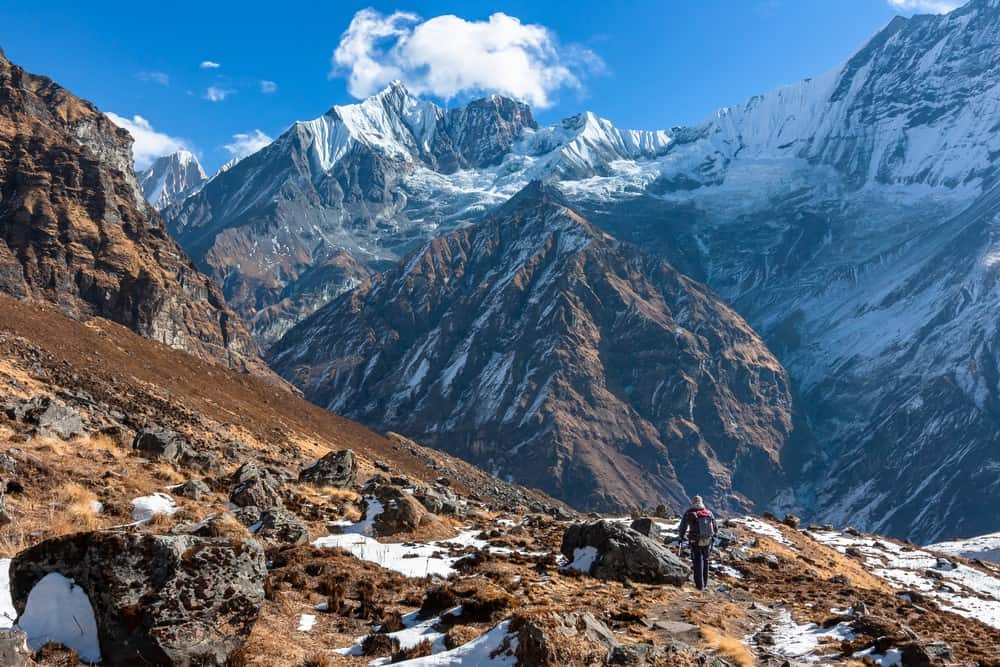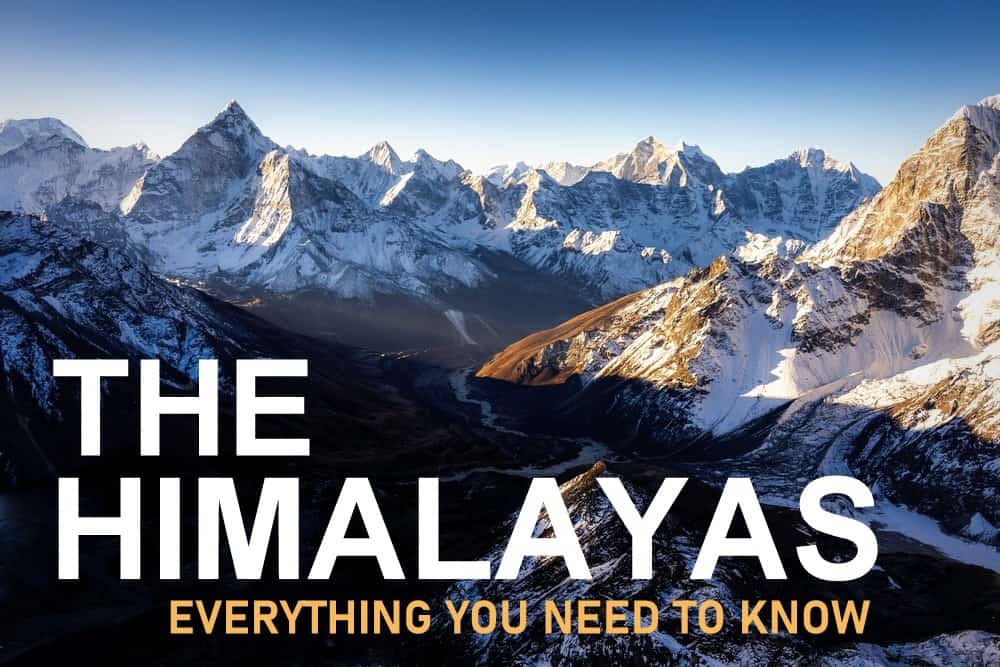
Where Are the Himalayan Mountains?
The Himalayan Mountain Range is located in southeast Asia, between China and India.
This imposing range forms a natural barrier in Asia, creating a divide between the plains of the Tibetan Plateau to the north and the Indian subcontinent to the south.
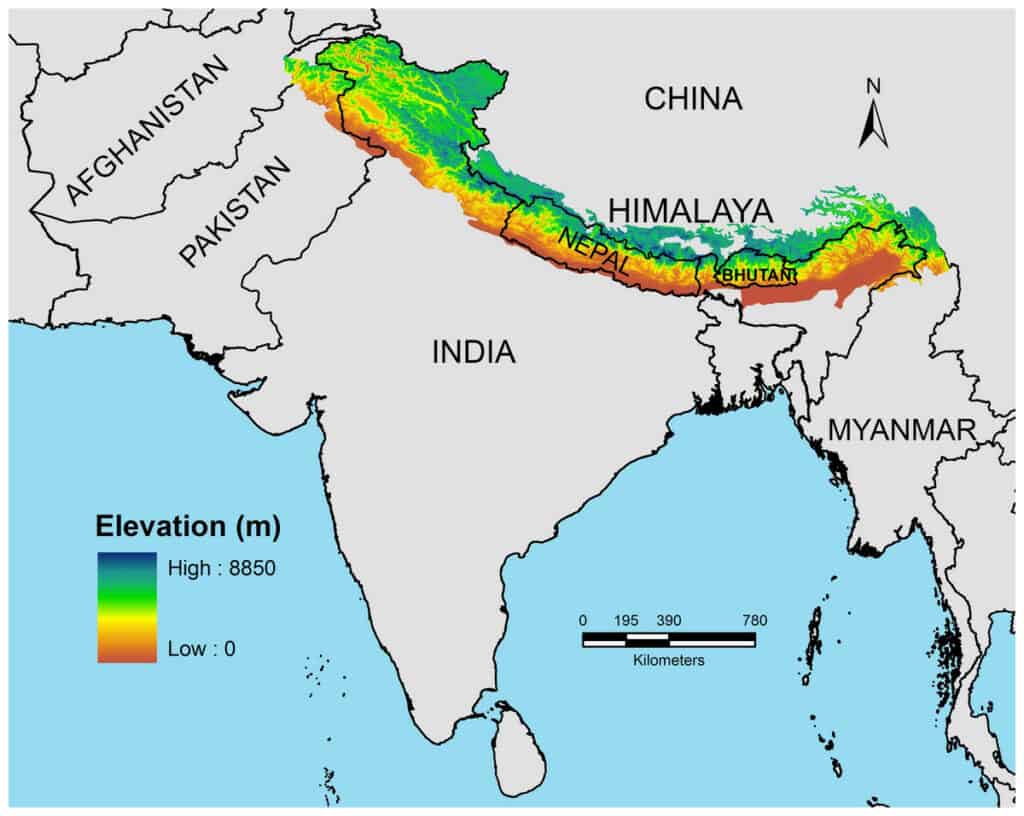
How Long Are the Himalayan Mountains?
The Himalayas stretch over approximately 2,500 kilometers (1,550 miles) from west to east. The range varies in width from about 200 to 400 kilometers (125 to 250 miles). The width is not uniform throughout its length and varies considerably depending on the geographical region.
The Andes, located in South America, are the longest continental mountain range in the world, with a length of about 7,000 kilometers (4,350 miles). The Rocky Mountains in North America are also longer than the Himalayas, at approximately 4,800 kilometers (3,000 miles) long.
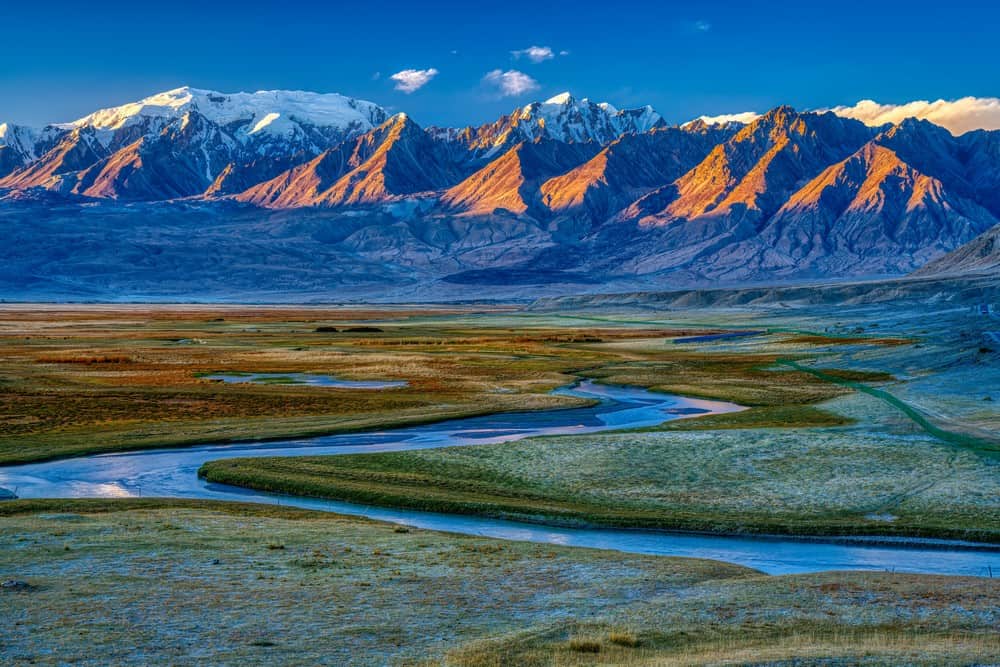
How Big and Tall Are the Mountains in the Himalayas?
When it comes to height, the Himalayan mountains reign supreme. Most of the highest peaks on Earth, including the world’s tallest mountain, Mount Everest, are found in the Himalayas. There are over 30 peaks that are taller than 25,000 feet (7,620 meters).
The Himalayan range is made up of three parallel ranges often referred to as the Greater Himalayas, the Lesser Himalayas, and the Outer Himalayas
Greater Himalayas (or Higher Himalayas)
This is the northernmost range and the highest of the three, with average elevations of 20,000 feet (6,000 meters) and above. It includes many of Earth’s highest peaks, including Mount Everest and K2. The Greater Himalayas have a harsh climate, with the higher regions permanently covered in snow and ice. Due to the extreme environment, human habitation is limited.
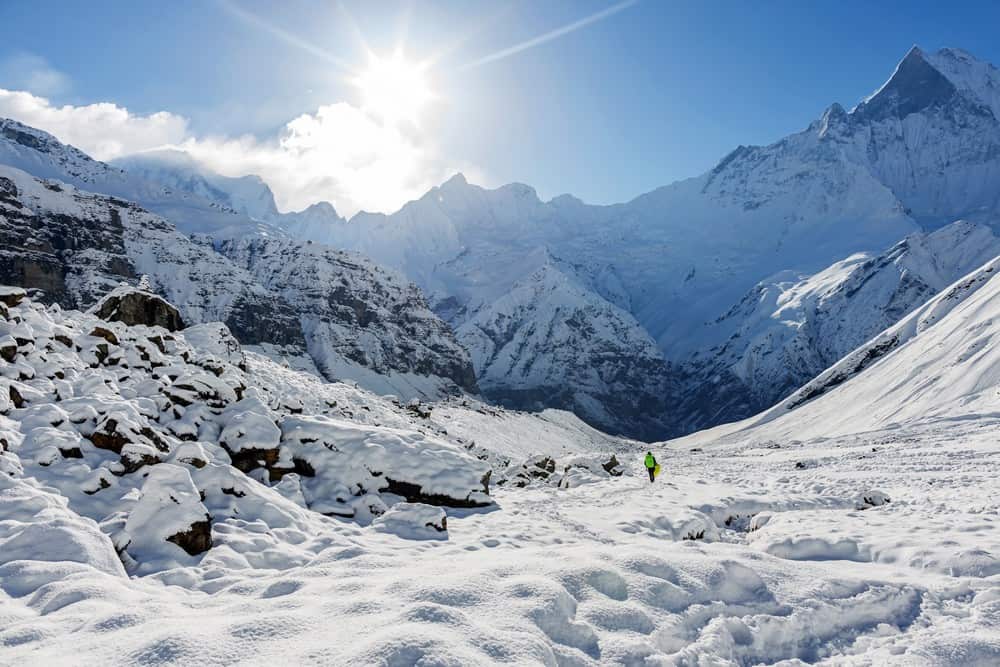
Lesser Himalayas (or Middle Himalayas)
Located south of the Greater Himalayas, the Lesser Himalayas have elevations generally ranging between 5,000 to 16,000 feet (1,500 and 5,000 meters). The range is characterized by lower peaks and ridges. The climate is more moderate compared to the Greater Himalayas, supporting dense forests and diverse wildlife. The Lesser Himalayas are more densely populated, with numerous towns and villages.
Outer Himalayas (or Siwalik Range)
The southernmost range, the Outer Himalayas, are the lowest, with elevations generally ranging from 1,000 to 5,000 feet (300 to 1,500 meters). The climate is subtropical, characterized by hot summers and cool winters. The area supports a variety of wildlife and is covered in dense vegetation. This region is heavily populated and has been extensively modified for agriculture.
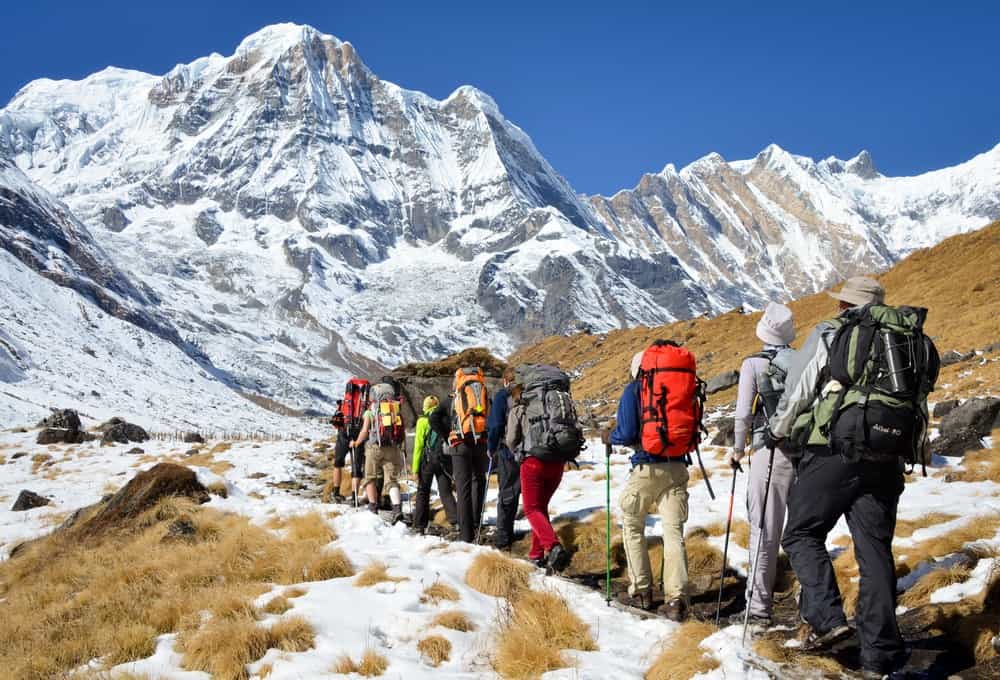
What Countries Are the Himalayan Mountains In?
The Himalayas span across five countries: Bhutan, India, Nepal, China, and Pakistan. They form an crescent shape running east-west.
Where Do the Himalayan Mountains Start and End?
The Himalayas begin in Pakistan, extending eastward through India, Nepal, Bhutan, and up to the eastern border of China.
How Did the Himalayan Mountains Form?
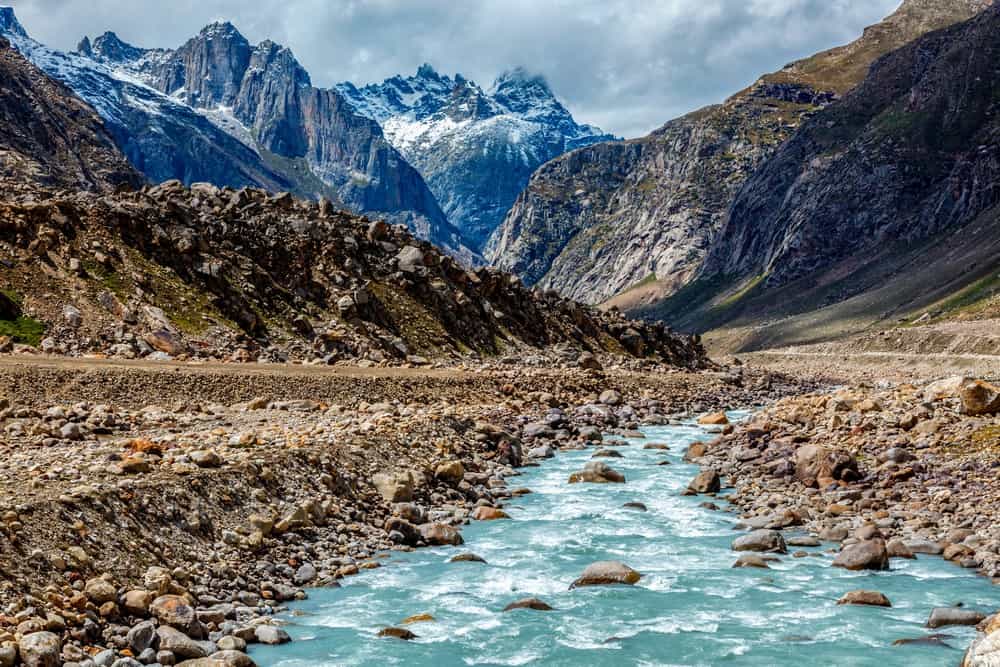
The Himalayas are relatively young in geological terms. Around 50 million years ago, the Indian Plate collided with the Eurasian Plate and gave rise to the Himalayas. This geological event is a classic example of continental collision, a process that shaped many of Earth’s mountain ranges. The immense pressure caused by the colliding plates led to the uplift of sedimentary rocks. Over time, these rocks were folded and thrust upwards to form the high peaks of the Himalayas.
The Himalayans are fold mountains, which are created when tectonic plates move and their edges crumple as they are pushed together, resulting in the folding of the Earth’s crust.
What Does the Word Himalayan Mean?
The term “Himalayan” is derived from the Sanskrit words “Hima” and “Alaya,” which together mean “abode of snow.” This name aptly describes the vast mountain range in Asia that is perpetually covered with snow and ice at its higher elevations.
What Are the Most Famous Destinations in the Himalayas?
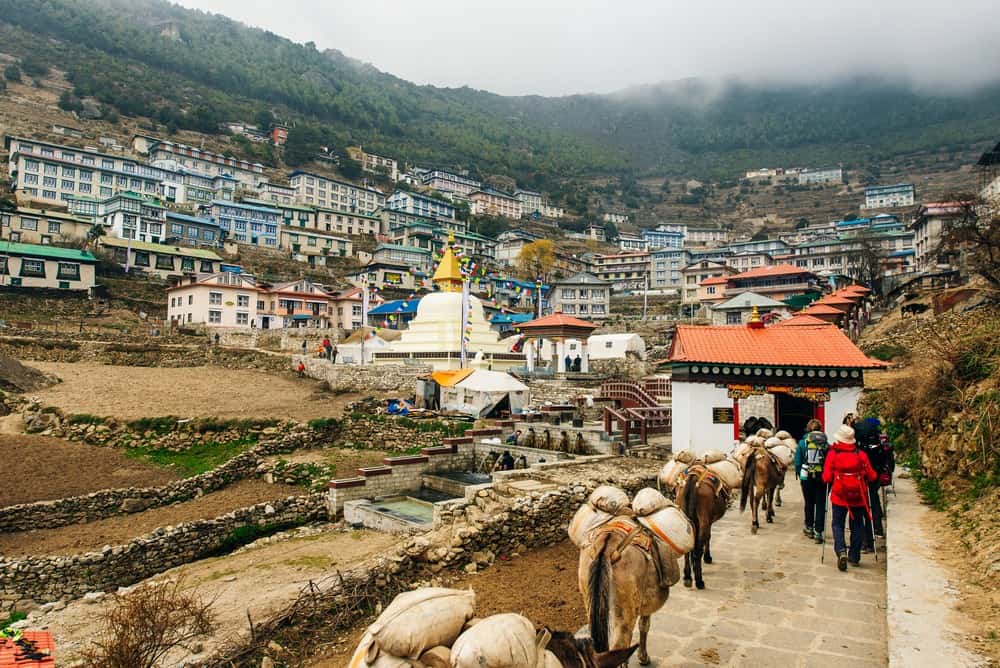
The Himalayas are known for many popular destinations:
- Mount Everest Base Camp, Nepal: A renowned trekking destination offering stunning views of the world’s highest peak, Mount Everest.
- Annapurna Circuit, Nepal: One of the world’s classic treks, circling the Annapurna range and providing diverse scenery and cultural experiences.
- Leh-Ladakh, India: Known for its stunning landscapes, Buddhist monasteries, and unique cultural heritage in the Indian Himalayas.
- Bhutan’s Paro Taktsang (Tiger’s Nest Monastery): An iconic Himalayan Buddhist sacred site and temple complex, located on the cliffside of the upper Paro valley in Bhutan.
- Rishikesh and Haridwar, India: Revered as twin national heritage cities, they are famous for their spiritual significance, yoga centers, and the gateway to the Himalayas.
- Nanda Devi National Park, India: A UNESCO World Heritage Site known for its unique biosphere, diverse flora and fauna, and breathtaking natural beauty.
- Kathmandu Valley, Nepal: Rich in history and culture, home to ancient temples, palaces, and a unique blend of Hindu and Buddhist traditions.
- Langtang National Park, Nepal: Offers serene trekking routes, diverse wildlife, and a glimpse into Tibetan-influenced cultures.
- Manali and the Kullu Valley, India: Popular for their scenic beauty, adventure sports, and proximity to the snow-capped Himalayan peaks.
- Pokhara, Nepal: A picturesque city beside a tranquil lake, serving as a base for trekkers undertaking the Annapurna Circuit and other Himalayan treks.
What Are Notable Peaks in the Himalayas?
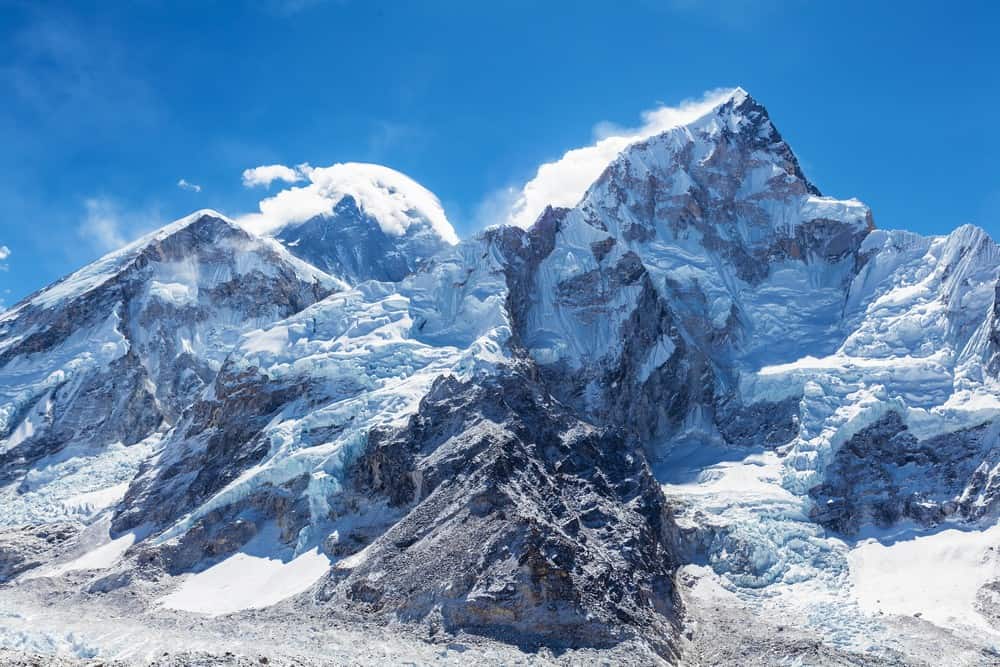
Notable peaks of the Himalayas include:
- Mount Everest, Nepal/China: The highest peak in the world at 29,032 feet (8,849 meters).
- K2, Pakistan/China: The second highest peak in the world at 28,251 feet (8,611 meters).
- Kangchenjunga, India/Nepal: The third highest peak in the world at 28,169 feet (8,586 meters).
- Lhotse, Nepal/China: The fourth highest peak in the world, standing at 27,940 feet (8,516 meters).
- Makalu, Nepal/China: The fifth highest mountain in the world at 27,838 feet (8,485 meters).
- Cho Oyu, Nepal/China: The sixth highest mountain in the world at 26,864 feet (8,188 meters).
- Dhaulagiri, Nepal: The seventh highest mountain in the world at 26,795 feet (8,167 meters).
- Manaslu, Nepal: The eighth highest mountain in the world at 26,781 feet (8,163 meters).
- Nanga Parbat, Pakistan: The ninth highest peak at 26,660 feet (8,126 meters).
- Annapurna I, Nepal: The tenth highest peak in the world at 26,545 feet (8,091 meters).
What Are the Best Hikes in the Himalayas?
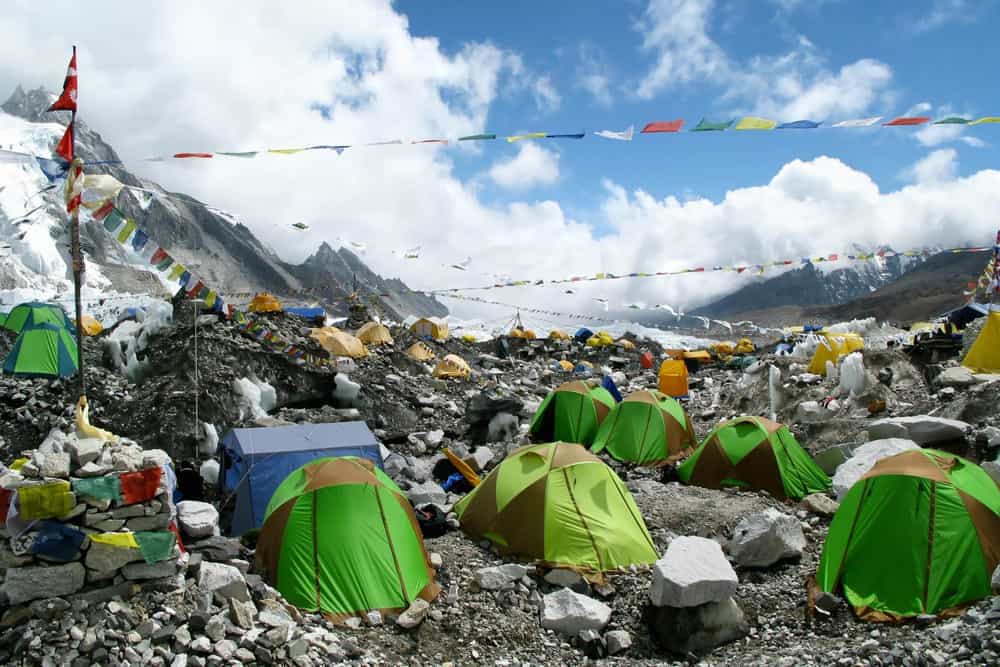
Famous hikes in the Himalayas include:
- Everest Base Camp Trek, Nepal: An iconic trek leading to the base of the world’s highest peak, Mount Everest, offering breathtaking scenery and a glimpse into Sherpa culture.
- Annapurna Circuit, Nepal: A world-renowned trek circling the Annapurna massif, showcasing diverse landscapes from subtropical forests to arid cliffs.
- Manaslu Circuit Trek, Nepal: A less crowded, remote trek around the eighth highest mountain in the world, known for its cultural richness and stunning views.
- Markha Valley Trek, India: A popular trek in the Ladakh region, offering a mix of beautiful landscapes and cultural experiences in the “Little Tibet” of India.
- Goecha La Trek, India: Leading through the Kanchenjunga National Park, this trek offers a close view of the third highest mountain, Kanchenjunga, and its surrounding peaks.
- Langtang Valley Trek, Nepal: A relatively easy trek near Kathmandu, known for its beautiful valley, Tibetan culture, and diverse wildlife.
- Great Himalaya Trail, Nepal: One of the longest and highest trekking routes in the world, traversing the entire length of the Nepalese Himalayas.
- Dhaulagiri Circuit Trek, Nepal: A challenging trek around the seventh highest mountain in the world, known for its diverse and dramatic landscapes.
- Bhutan’s Jomolhari Trek: A stunning trek to the base of Jomolhari mountain, combining natural beauty with the unique culture of Bhutan.
- K2 Base Camp Trek, Pakistan: A challenging and remote trek in the Karakoram range, leading to the base camp of the world’s second-highest peak, K2.
What is the Weather Like in the Himalayas?
The Himalayas experience varied climates, from tropical at the base to arctic conditions at the highest peaks. The weather can change rapidly, and different parts of the range experience distinct weather patterns.
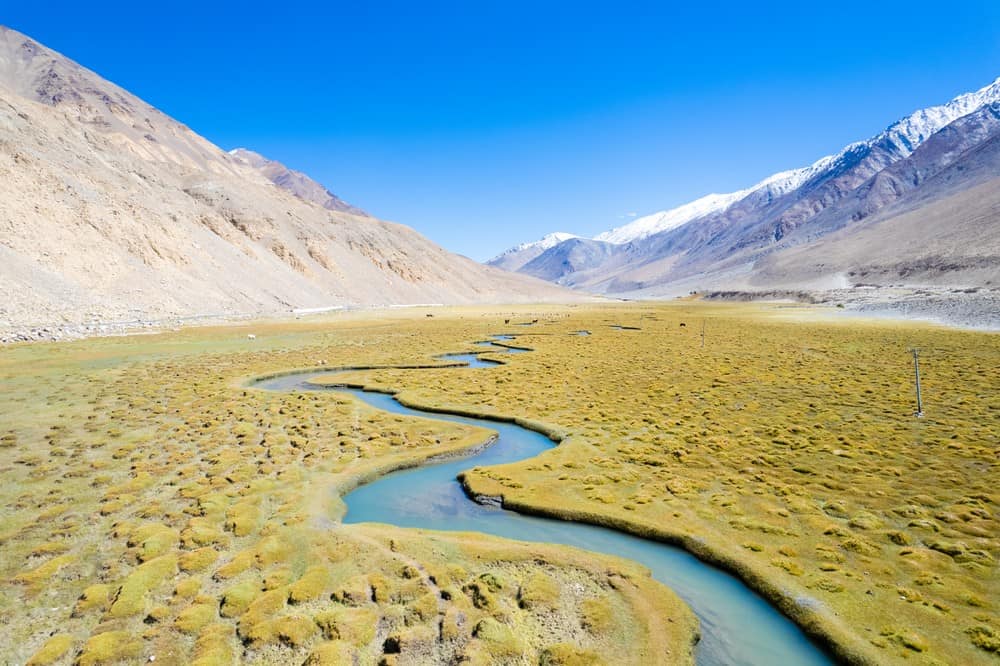
At lower elevations, up to about 3,500 meters (11,500 feet), the climate is predominantly subtropical. In these regions, the weather is characterized by hot, humid summers and cool to mild winters. The monsoon season, from June to September, brings heavy rainfall, especially in the eastern Himalayas. This period can see frequent landslides and challenging trekking conditions due to wet and slippery paths.
As one ascends to middle elevations, between 3,500 and 5,500 meters (11,500 to 18,000 feet), the climate becomes temperate. Summers here are milder, and winters can be harsh with heavy snowfall, especially above 4,000 meters (13,000 feet). The spring (March to May) and autumn (September to November) months offer more stable weather conditions, making these seasons ideal for trekking and mountaineering.
Above 5,500 meters (18,000 feet), the climate is alpine to polar. Temperatures here are consistently below freezing, and the area is covered with snow and ice year-round. Weather conditions can be extreme and unpredictable, with a high risk of avalanches, making climbing and trekking in these zones only suitable for experienced and well-equipped mountaineers.
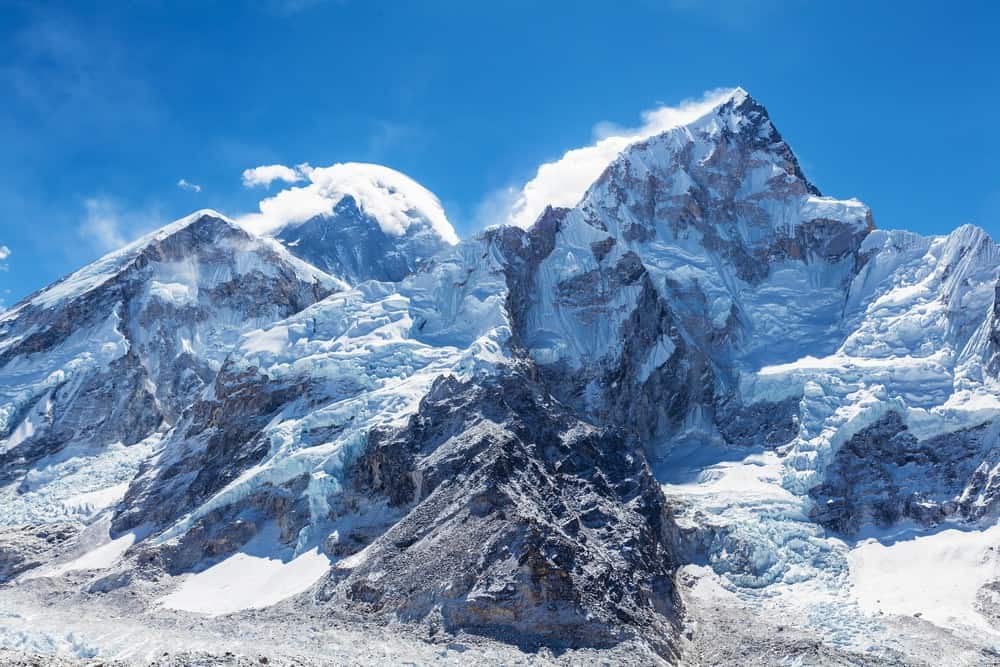
Across the Himalayas, the weather can change rapidly, and regional variations are significant. The eastern Himalayas are generally wetter due to the monsoon, while the western part is drier, with some areas like the upper Mustang in Nepal lying in the rain shadow and receiving very little precipitation. The Great Himalayan Range significantly influences the climate of the region, creating a barrier that affects weather patterns on either side.
Who Are the Sherpa?
The Himalayas are home to diverse ethnic groups, each with their unique culture, language, and traditions. These include the Sherpas in Nepal, the Ladakhi people in India, and the Bhutanese in Bhutan.

The Sherpa people are renowned for their exceptional mountaineering skills. The ethnic group is indigenous to the most mountainous regions of Nepal. The term “Sherpa” is often mistakenly used to refer merely to mountain guides or porters in the Himalayas, but it actually refers to the community with its own unique culture, language, and traditions.
Sherpas originally migrated from Tibet over 500 years ago, traversing the high Himalayan passes to settle in the valleys of what is now Nepal. Their name, “Sherpa,” derives from the Tibetan words “shar” (east) and “pa” (people), meaning “people from the east.” The Sherpa language is a dialect of Tibetan, and their culture is heavily influenced by Tibetan Buddhism. Their villages are adorned with Buddhist flags, chortens (stupas), and mani stones (stones inscribed with Buddhist prayers).
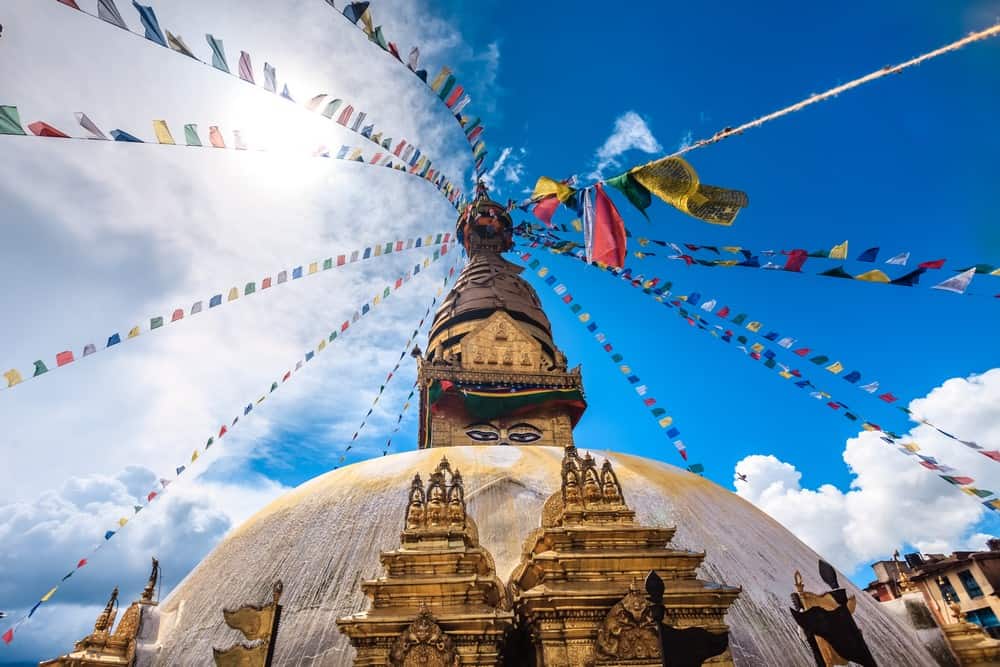
Traditionally, the Sherpa economy was based on trade and farming. They engaged in barter trade, particularly with Tibet, exchanging goods like grains, yak butter, and meat for Tibetan salt and wool. Farming in the harsh mountainous terrain primarily involves the cultivation of barley, potatoes, and vegetables, suited to the high altitudes. Yaks and other livestock play a crucial role in Sherpa agriculture, providing dairy products, meat, and wool, and serving as pack animals.
The Sherpa community gained worldwide fame for their skills in mountaineering and knowledge of the Himalayan region. Their ability to acclimatize to high altitudes makes them invaluable as guides and porters for mountaineering expeditions. The most notable figure among them is Tenzing Norgay Sherpa, who, alongside Sir Edmund Hillary, was the first to reach the summit of Mount Everest in 1953. This feat catapulted the Sherpas to global recognition, leading to a thriving industry centered around expedition support.
What Animals and Plants Live in the Himalayas?
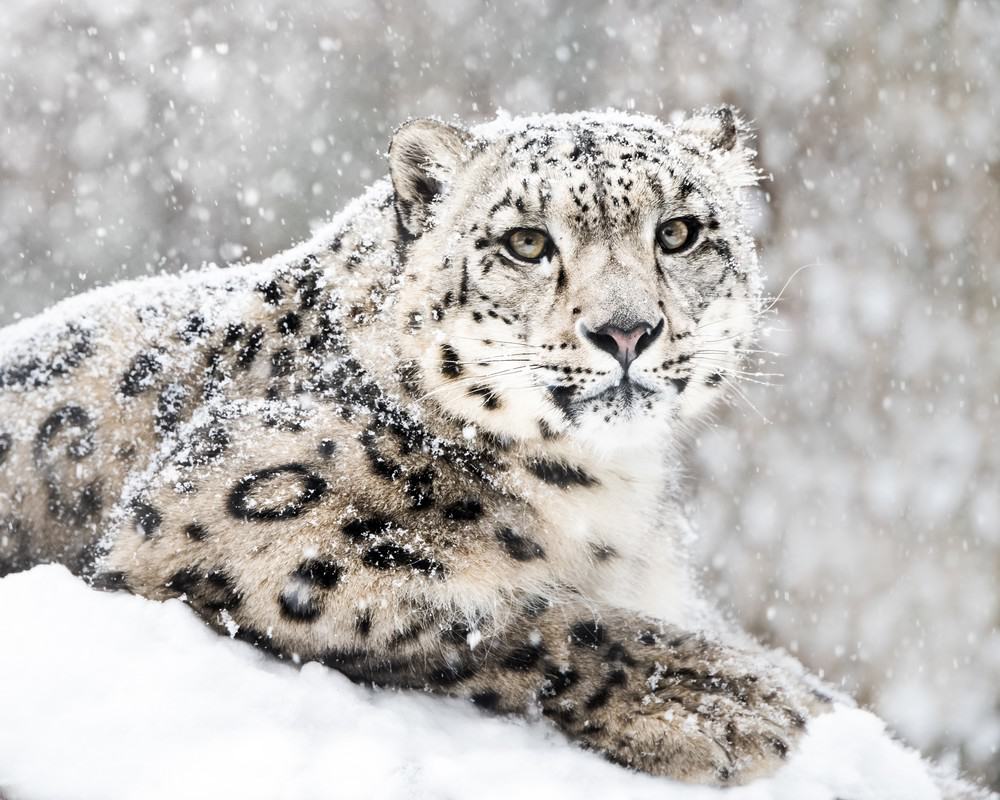
The Himalayas, with their unique climatic conditions and geographical isolation, have given rise to a fascinating world of diverse plants and animals.
At lower elevations, the forests are inhabited by larger species such as the Asiatic black bear, Indian leopard, and various deer species. The Bengal tiger, although more associated with the Indian subcontinent’s plains, can also be found in the Himalayan foothills.
The mountain range provides a habitat for several unique and endangered species. The animal life here includes the elusive snow leopard, Himalayan tahr, red panda, and Tibetan wolf.
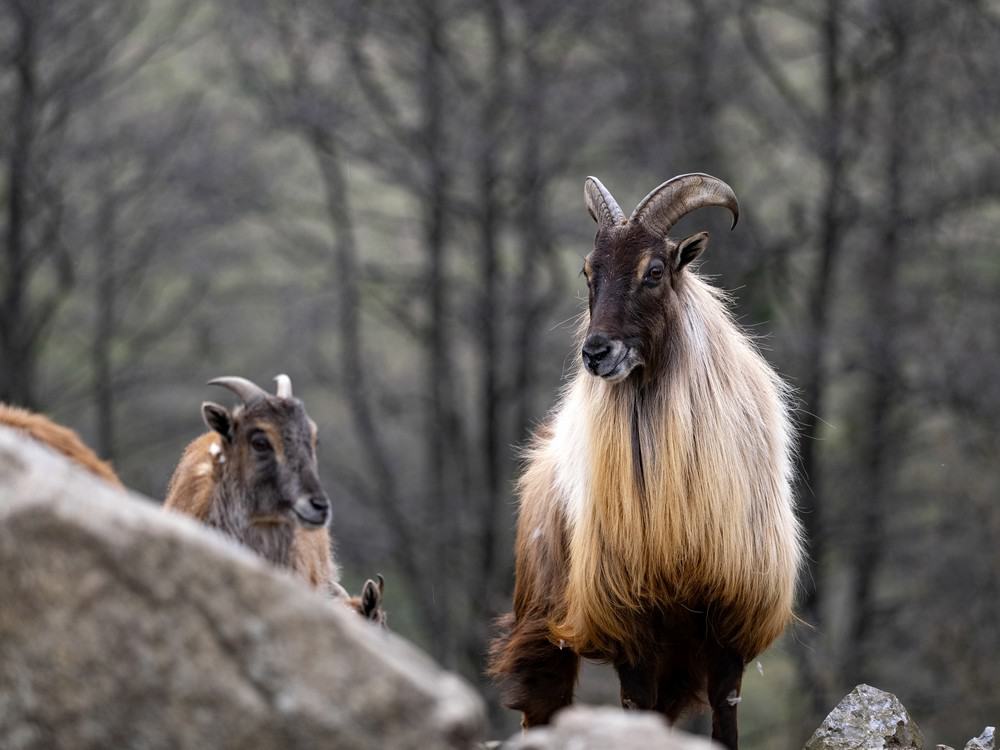
The plant species are adapted to life across its varied climatic zones. At lower elevations, lush subtropical forests dominate, filled with sal trees, rhododendrons, and various species of bamboo. As one ascends, these give way to temperate forests where oaks, pines, and deodar cedars are common.
In the alpine zone, vegetation becomes sparse and consists mainly of shrubs, grasses, and hardy herbs. In these elevations, one can find spectacular meadows blooming with edelweiss, primulas, and blue poppies. The region is also renowned for its variety of medicinal plants, which have been used in traditional medicine for centuries.
What is Himalayan Sea Salt?

Himalayan salt is a type of rock salt that is sourced near the Himalayan mountains. It is naturally pink in color due to its rich mineral content. Himalayan salt contains numerous trace minerals like potassium, magnesium, and calcium, in addition to sodium chloride.
There are various health claims surrounding Himalayan salt, such as improved respiratory health, balanced pH levels, and improved sleep quality. However, most of these claims lack substantial scientific backing. It’s important to note that, like any salt, Himalayan salt is primarily sodium chloride.
It is often marketed as being one of the purest salts available. Formed from ancient seabeds that were covered by lava and then crystallized over millions of years, Himalayan salt is believed to be free from many of the modern-day pollutants that can be found in sea salts.
Some chefs and food enthusiasts claim that Himalayan salt has a more complex flavor profile compared to regular table salt, which can enhance the taste of food. Beyond cooking, Himalayan salt is used in spa treatments, salt lamps, and bathing products, believed to provide various health and wellness benefits.
